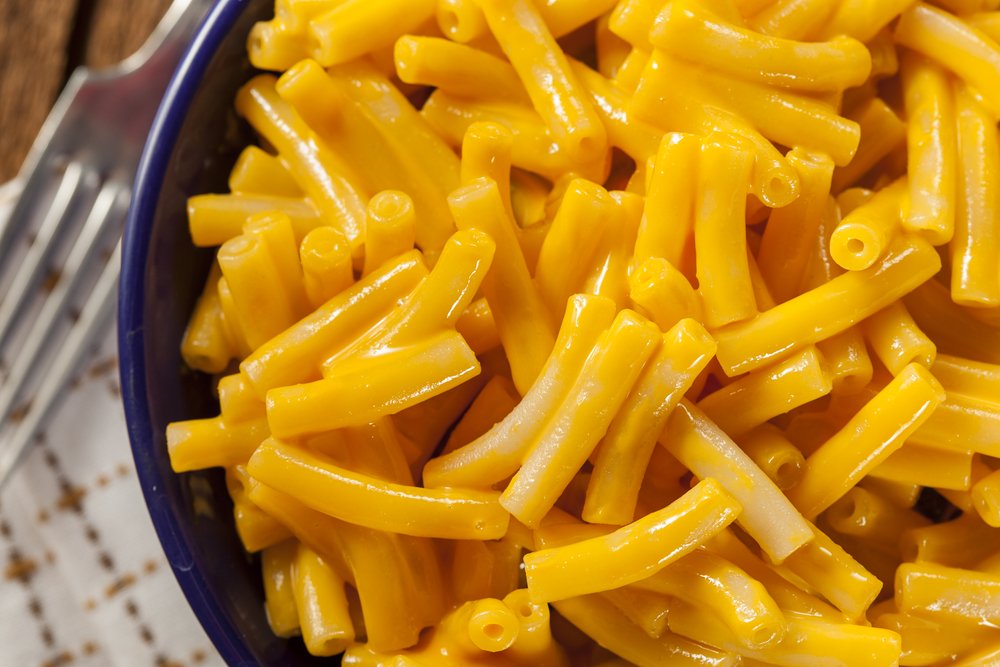One of your child’s favorite meals might be putting them at risk for health problems, including hormone disruption and learning disabilities. Chemicals known as phthalates were banned from children’s teething rings and rubber duck toys a decade ago, but it turns out they may be lurking in a popular children’s food: macaroni and cheese.
Harmful Chemical Found In Macaroni And Cheese
Phthalates have been shown to disrupt male hormones. They’ve also been linked to genital birth defects in infant boys, along with learning and behavior problems in older children. Macaroni and cheese mixes that contain powdered cheese may contain these chemicals that are dangerous to young children. Phthalates also pose a risk to pregnant women.

A new study found phthalates in 29 out of 30 cheese products tested. The highest concentrations were found in the highly processed cheese powder in boxed macaroni and cheese mixes. Nine of the products that were tested were made by Kraft. Researchers checked for 13 different phthalates and found all but two. Some of the products contained up to six different phthalates in a single sample.
The study was conducted by an independent laboratory and paid for by environmental advocacy groups, including Environmental Health Strategy Center, Ecology Center, Healthy Babies Bright Futures and Safer States. Executive director of the Environmental Health Strategy Center, Mike Belliveau, explained, “The phthalate concentrations in powder from mac and cheese mixes were more than four times higher than in block cheese and other natural cheeses like shredded cheese, string cheese and cottage cheese.”
The study included 10 different varieties of macaroni and cheese, including some that were labeled organic. Each variety contained high levels of phthalates, suggesting that buying organic won’t help you avoid the chemical. Belliveau said, “Our belief is that it’s in every mac n’ cheese product – you can’t shop your way out of the problem.”

In a 2014 report to the Consumer Product Safety Commission, federal agencies were urged to assess the risks of phthalates. The report showed that food, drugs and beverages were the main source of exposure to phthalates.
A petition created by environmental and food safety groups to remove all phthalates from food was delayed last year. Tom Neltner, chemical policy director for the Environmental Defense Fund, helped coordinate the petition process for 11 different advocacy groups. “A chemical is not allowed in food unless there is a reasonable certainty it will cause no harm,” Neltner explained. “We don’t think the F.D.A. can say there is a reasonable certainty of no harm.”